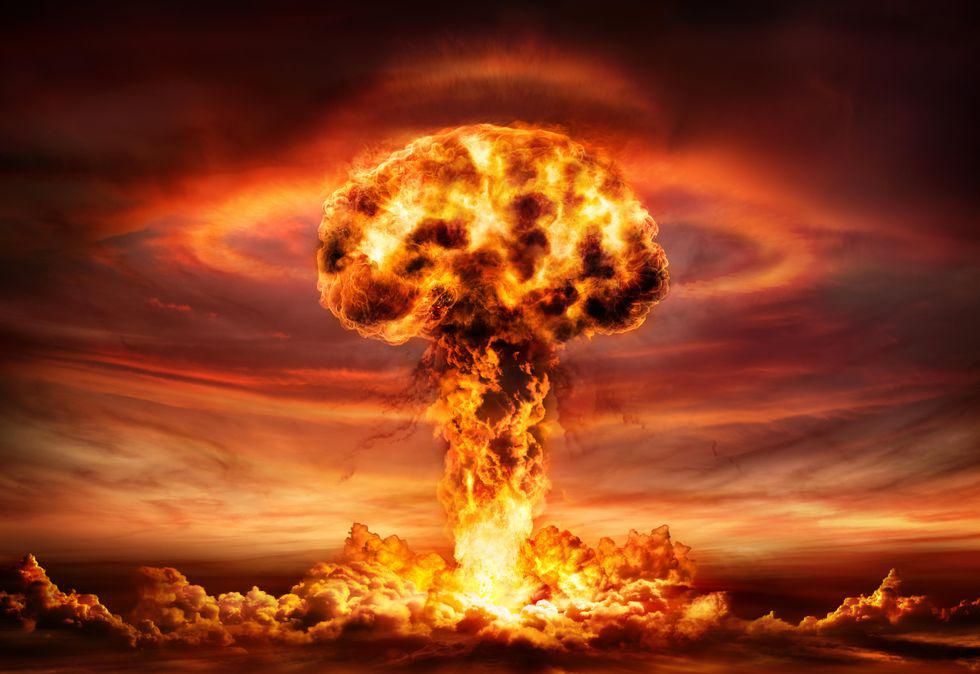MONDAY, Sept. 27, 2021 (HealthDay News) — Nuclear war would trigger worldwide climate change and take a dire toll on food production and human health, according to scientists who studied different scenarios using a modern climate model.
“Although we suspected that ozone would be destroyed after nuclear war and that would result in enhanced ultraviolet light at the Earth’s surface, if there was too much smoke, it would block out the ultraviolet light,” said study co-author Alan Robock. He is a professor of environmental sciences at Rutgers University-New Brunswick, in New Jersey.
“Now, for the first time, we have calculated how this would work and quantified how it would depend on the amount of smoke,” Robock explained in a Rutgers news release.
It’s long been known that nuclear weapons used in cities and industrial areas could touch off large-scale fires, sending massive amounts of smoke into the stratosphere that would then cause climate change — a circumstance known as a “nuclear winter.”
Using the modern climate model, scientists simulated the effects of this smoke on ozone chemistry and surface ultraviolet light.
After a regional or global nuclear war, Earth would lose most of its protective ozone layer, according to the study. That would lead to several years of extremely high ultraviolet light on the Earth’s surface, endangering human health and food supplies.
Recovery would take about a decade, the findings suggested.
If the confrontation was a regional nuclear war — for example, between neighboring India and Pakistan — and generated 5 megatons of soot, extremely high levels of ultraviolet light would begin within a year.
The global ozone layer would be reduced by 25% and recovery would take 12 years — faster than previously projected because of a shorter lifetime for soot in the new simulations.
It would take longer for ultraviolet light levels to rise after a larger confrontation. If a nuclear war between the United States and Russia generated 150 megatons of soot, for example, the high levels of ultraviolet light would start after eight years, the researchers said.
In a global nuclear war, heating in the stratosphere and other factors would cause a 15-year-long reduction in ozone layer. Peak loss would be 75% globally and 65% in the tropics. This is larger than in 1980s predictions, which did not include the effects of smoke.
“The bottom line is that nuclear war would be even worse than we thought, and must be avoided,” Robock said. “For the future, in other work, we have calculated how agriculture would change based on the changes of temperature, rain and sunlight, but have not yet included the effects of ultraviolet light. In addition, the ultraviolet light would damage animals, including us, increasing cancer and cataracts.”
The findings were recently published in the Journal of Geophysical Research: Atmospheres.
More information
NASA has more information on climate change in circumstances other than a nuclear war.
SOURCE: Rutgers University-New Brunswick, news release, Sept. 15, 2021
Copyright © 2025 HealthDay. All rights reserved.

